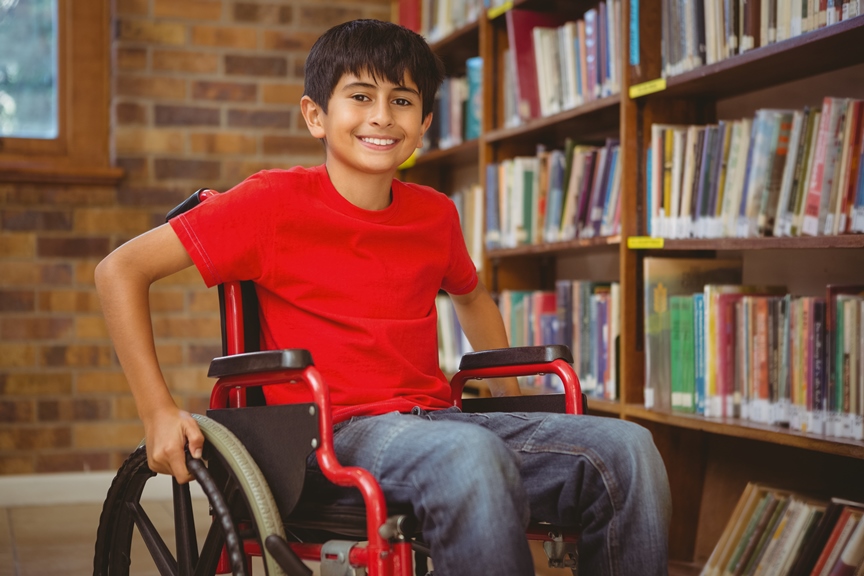
Cerebral palsy is a disorder of muscle control which results from some damage to part of the brain. The term cerebral palsy is used when the problem has occurred early in life, to the developing brain. Children with cerebral palsy can have problems such as muscle weakness, stiffness, awkwardness, slowness, shakiness, and difficulty with balance. These problems can range from mild to severe. In mild cerebral palsy, the child may be slightly clumsy in one arm or leg, and the problem may be barely noticeable. In severe cerebral palsy, the child may have a lot of difficulties in performing everyday tasks and movements.
Spastic cerebral palsy is the most common type of cerebral palsy, where the muscles become stiff because the messages to the muscles are relayed incorrectly from the damaged parts of the brain. In children with spastic cerebral palsy, both groups of muscles may contract together, making the movement difficult. Dyskinetic cerebral palsy is another type of Cerebral Palsy with abnormal involuntary movements. Ataxic cerebral palsy is the least common type of cerebral palsy with unsteady shaky movements or tremor along with problems with balance.
Worried that your child might have CP?
Treatments, we provide that can help your child and you: